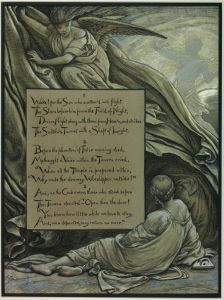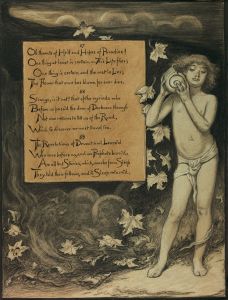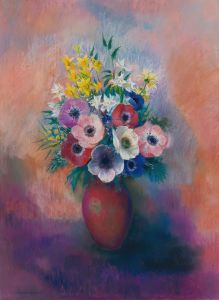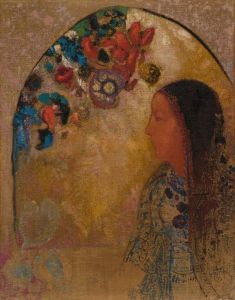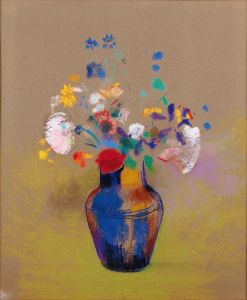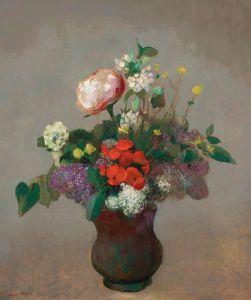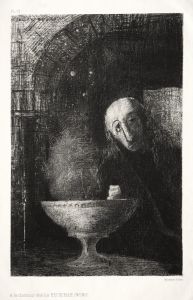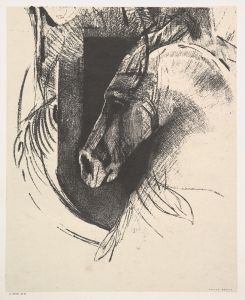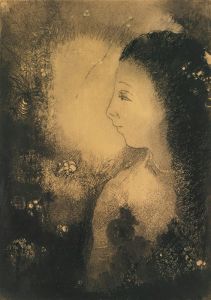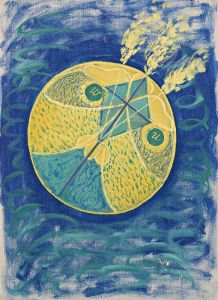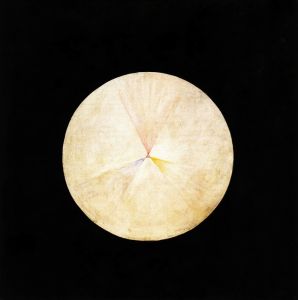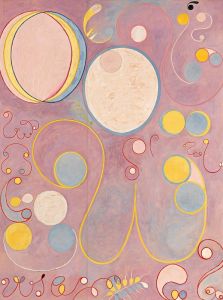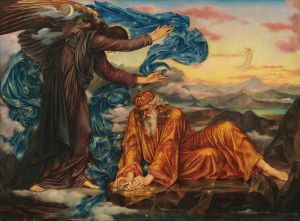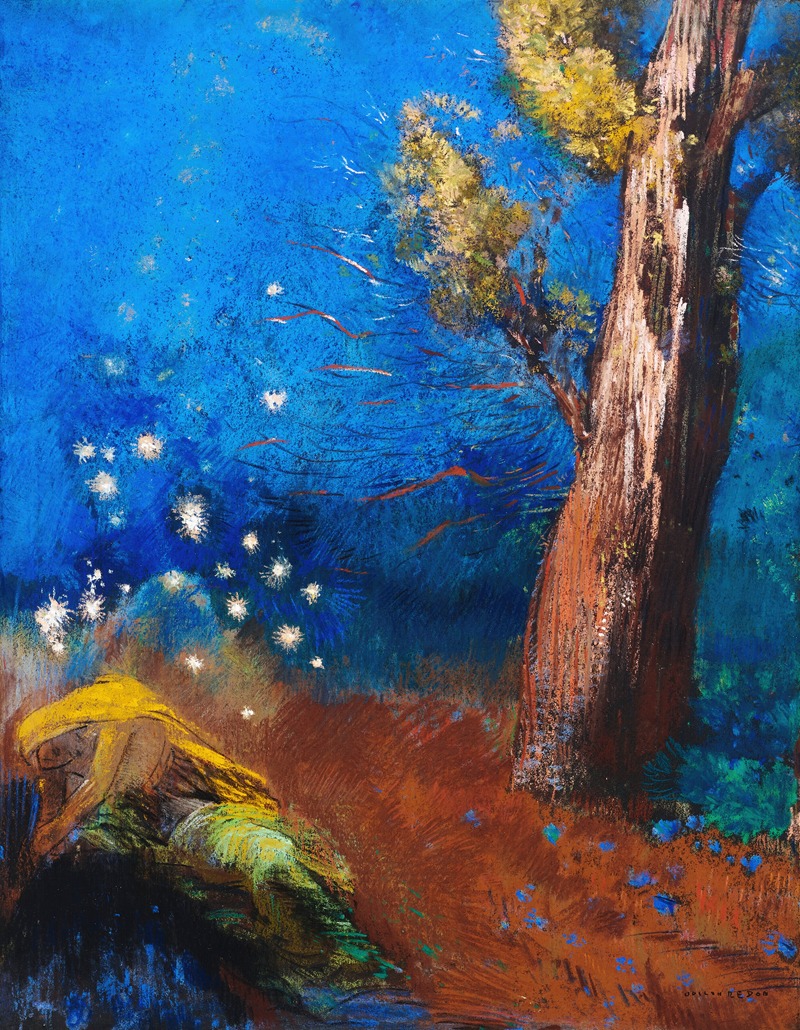
La mort de Bouddha
A hand-painted replica of Odilon Redon’s masterpiece La mort de Bouddha, meticulously crafted by professional artists to capture the true essence of the original. Each piece is created with museum-quality canvas and rare mineral pigments, carefully painted by experienced artists with delicate brushstrokes and rich, layered colors to perfectly recreate the texture of the original artwork. Unlike machine-printed reproductions, this hand-painted version brings the painting to life, infused with the artist’s emotions and skill in every stroke. Whether for personal collection or home decoration, it instantly elevates the artistic atmosphere of any space.
Odilon Redon, a prominent French symbolist artist, created "La mort de Bouddha" ("The Death of Buddha") as part of his exploration of spiritual and philosophical themes. Redon, known for his dreamlike and often enigmatic works, frequently drew inspiration from literature, mythology, and religious narratives. This particular artwork reflects his interest in Eastern philosophy and the figure of the Buddha, which were gaining attention in Europe during the late 19th and early 20th centuries due to increased cultural exchange and fascination with Asian art and thought.
"La mort de Bouddha" is a pastel work, a medium Redon often employed for its ability to create soft, luminous effects. The painting depicts a serene and contemplative scene, focusing on the moment of the Buddha's death, or Parinirvana, which in Buddhist tradition signifies the final liberation from the cycle of birth, death, and rebirth. Redon's interpretation emphasizes tranquility and transcendence, aligning with his broader artistic goal of evoking emotional and spiritual resonance rather than depicting literal or historical accuracy.
The composition of the work is characterized by its ethereal quality, with subdued colors and delicate forms that create a sense of otherworldliness. Redon's use of light and shadow enhances the meditative atmosphere, inviting viewers to reflect on themes of mortality, enlightenment, and the eternal. This approach is consistent with his broader oeuvre, which often sought to evoke the unseen and the ineffable.
While specific details about the creation and exhibition history of "La mort de Bouddha" are limited, it is known that Redon's engagement with Buddhist themes was part of a larger trend among European artists and intellectuals of his time. The late 19th century saw a growing interest in non-Western philosophies, particularly those that offered alternative perspectives on spirituality and existence. Redon's work, including this piece, reflects his personal synthesis of these influences with his own symbolic and imaginative vision.
Today, "La mort de Bouddha" is recognized as an example of Redon's ability to merge diverse cultural and philosophical ideas into his art, creating works that transcend specific traditions and speak to universal human concerns. The painting is often cited as a testament to his unique ability to convey profound spiritual and emotional depth through his distinctive style.





